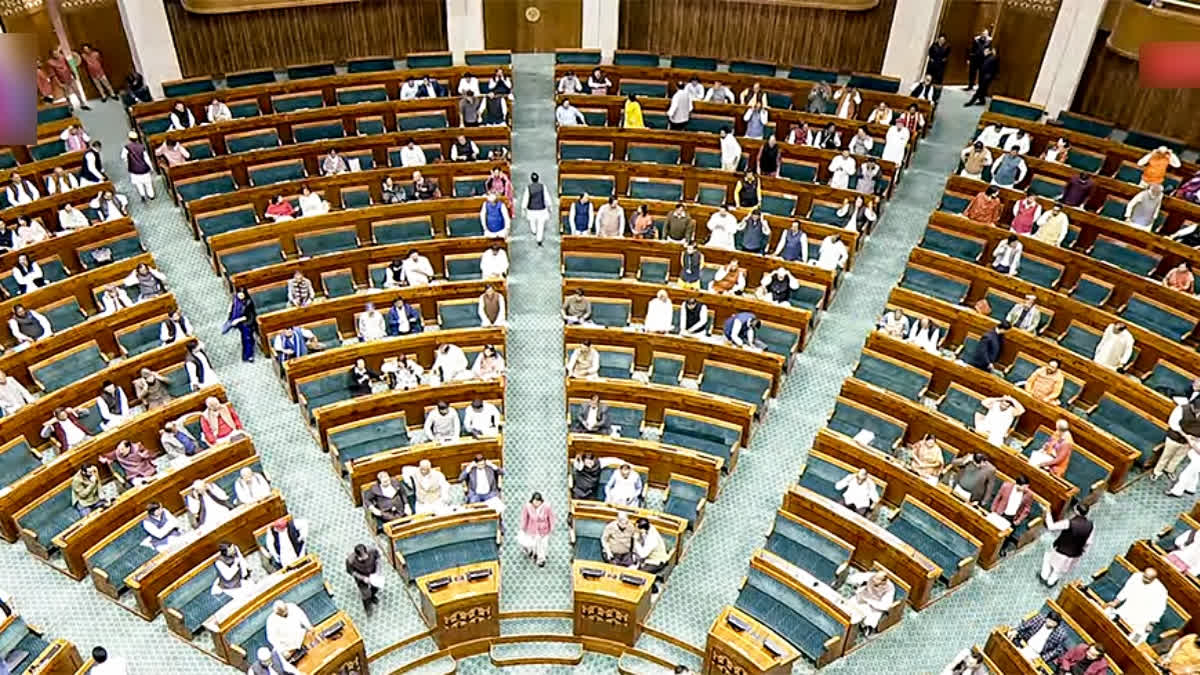New Delhi:India's atomic power capacity has almost doubled in the past decade from 4,780 megawatts to 8,081 megawatts and it will be tripled by 2031, Union Minister Jitendra Singh said on Wednesday. Responding to a question in the Lok Sabha, Singh who holds key portfolios in the Prime Minister's Office, including the Department of Atomic Energy and the Department of Space, emphasised the transformative strides made since 2014.
"When this government came into power, the total power generation capacity was 4,780 megawatts. Today, in 2024, it stands at 8,081 megawatts. This means that the capacity developed in the last 10 years equals what was achieved over the previous 60 years," he said.
Singh projected that by 2031-32, the generation capacity would triple, reaching 22,480 megawatts. The minister attributed this progress not only to technical expertise but to a shift in political will."We always had the talent and capacity, but what was missing, perhaps, was the enabling milieu provided by political leadership," he said.
Responding to questions about power-sharing arrangements and project delays in Tamil Nadu, Singh noted that the formula for electricity distribution had been revised to ensure fairness. "Currently, 50 per cent of electricity is allocated to the home state, 35 per cent to neighbouring states, and 15 per cent to the national grid. This formula aligns with the federal spirit," he said.
Singh acknowledged that one project in Tirunelveli remains on hold, contributing to delays in capacity expansion in the state. However, he highlighted the success of Kundankulam, which now has four operational units, and Kalpakkam, both of which gained momentum post-2014. Singh also highlighted the peaceful applications of atomic energy, as envisioned by Homi Bhabha.
He noted the role of atomic energy in agriculture, producing 70 mutagenic crop varieties, and healthcare, where isotopes developed through atomic processes are used in cancer treatment. "India is among the global leaders in leveraging atomic energy for peaceful and innovative purposes," he noted. On India's thorium reserves, Singh said the country possesses 21 per cent of the world's supply.
"Monazite, a beach mineral, is the primary source of thorium. Past issues of pilferage have been addressed, and we are advancing towards utilising this resource," he said. Singh added that the indigenous Bhavini project is experimenting with thorium usage, which will reduce dependence on uranium and other imported materials.
